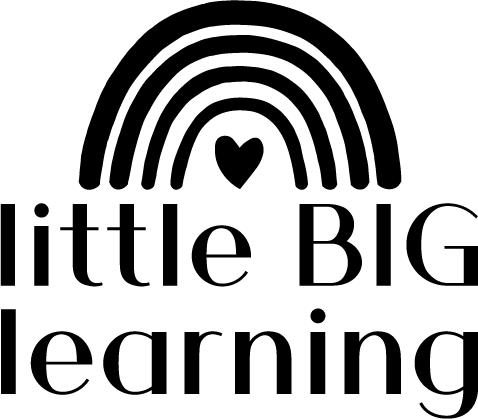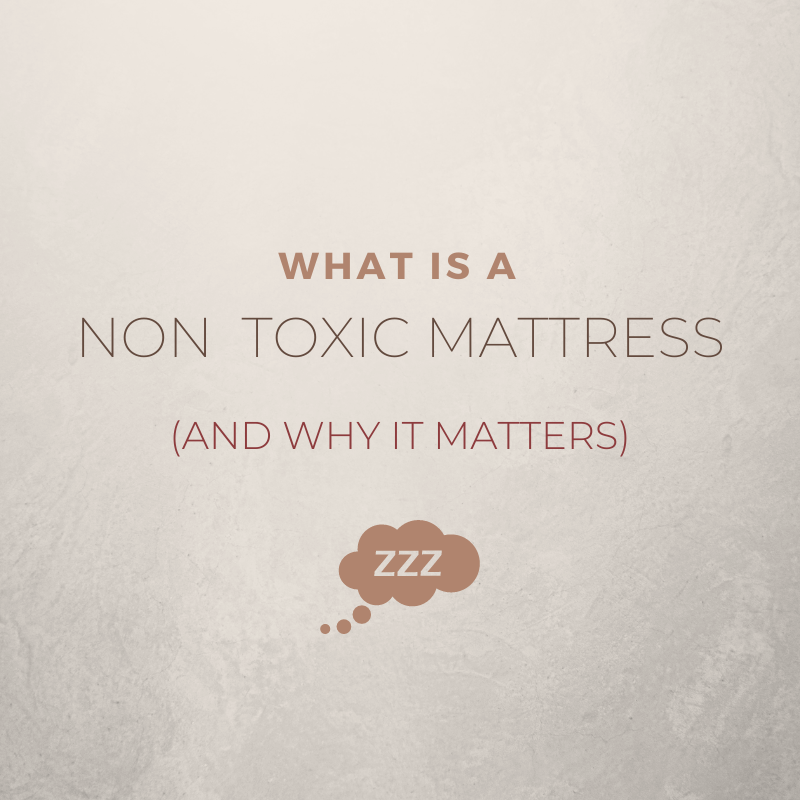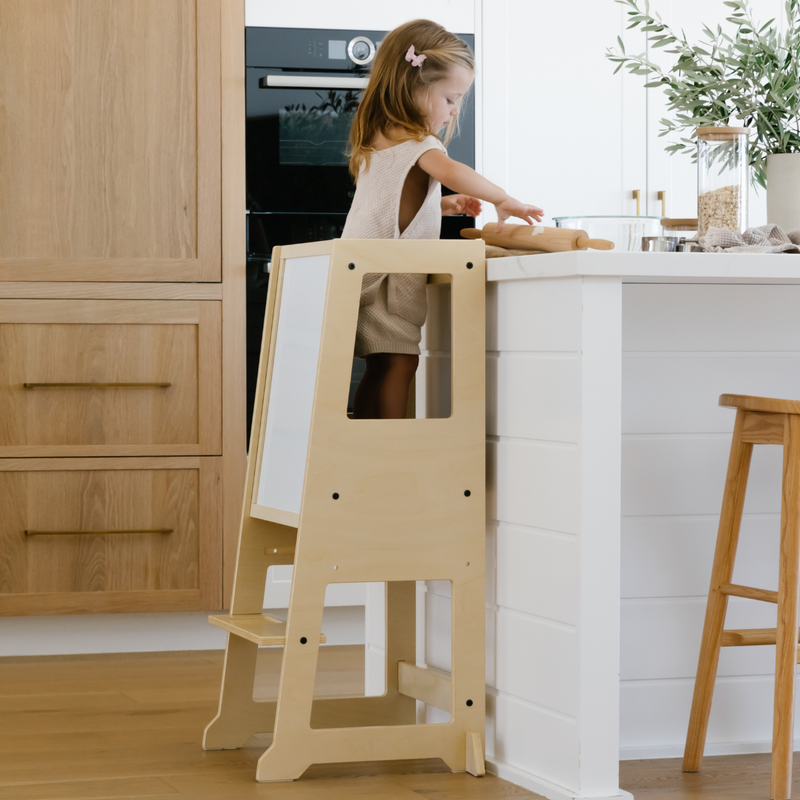Most of my favourite childhood memories involve doing things that would be considered far from ‘safe’. Climbing electricity poles, building and testing rafts in a dam (when I couldn't swim), playing on top of 4 storey high grain silos, driving a ute unsupervised as an 8 year old with my brother on the back (trying to bump him off through creek beds). All that good stuff.
There were a lot of other risky activities going on that I probably shouldn’t mention incase my Mum reads this, *matches cough*. Somehow I survived and to be honest I really do hope our daughter doesn’t inherit such an affinity to high risk situations but the truth is, most children - most mammals even - are drawn to ‘Risky Play’.
The term ‘risky play’ is quite self-explanatory, but that doesn’t mean it’s as simple to implement. Why is it even something that we’re writing about? It can cause injury (though serious injury is rare) and even (very rarely) death, so why hasn’t natural selection weeded it out?
Everyday life is full of risks and challenges and children need opportunities to develop the skills associated with managing this risk and making informed judgements about risks, from babyhood and beyond.
Over the last century we have witnessed, particularly in western culture, a gradually continuous but ultimately dramatic decline in children’s opportunities to engage in ‘risky play’. That is, to play freely, without adult over-direction and with the ability to make autonomous decisions regarding their safety.
By adulthood, sure, we (most of us!) know right from wrong, safe from unsafe. But is knowing the same as understanding? Is the external stimulus of our parents lecturing (ie, helicoptering) the same as an internal one, of understanding our own emotional and physical boundaries, limits and comfortability and using that to guide us? Is the fear of consequence the same as having experienced it?
Over the same century described above, we have also witnessed a gradually continuous but ultimately dramatic increase in the spectrum of childhood mental disorders, including emotional dysregulation. But how is it actually related?
Risky play helps to develop important life skills such as;
Resilience
Confidence
Resourcefulness
Independance
Judgement
Persistence
Balance
Coordination
Creativity
Problem solving
The level of risk that each child chooses when left to their own experience will be as unique as the child herself but most children will actively seek risk and challenge to understand their limits. The (safest) trick is to facilitate experiences for them that allow controlled risk and then to take one giant step back.
Playgrounds, nature play, indoor climbing equipment such as Pikler Triangles (rather than your dining room table) all can allow for ‘controlled’ risky play. Although it feels counterintuitive, toddlers and children benefit from their parents and caregivers stepping back and not interrupting. Unless of course serious or life threatening injury is likely.
Check our blog post on “Why you should stop saying ‘Be Careful’ and what to say instead” for some ways you can encourage self regulation in risky situations.
Life itself is full of risk. When we provide opportunities to engage in risky and challenging play during childhood, we are giving our children the opportunity to develop essential life skills for adulthood, skills that will propel them towards a safe and emotionally grounded future.







0 comments